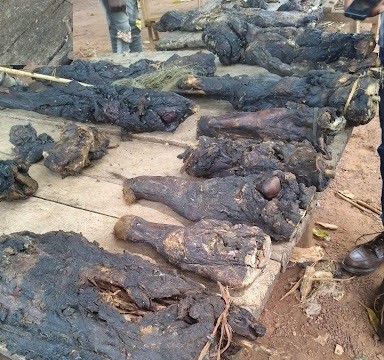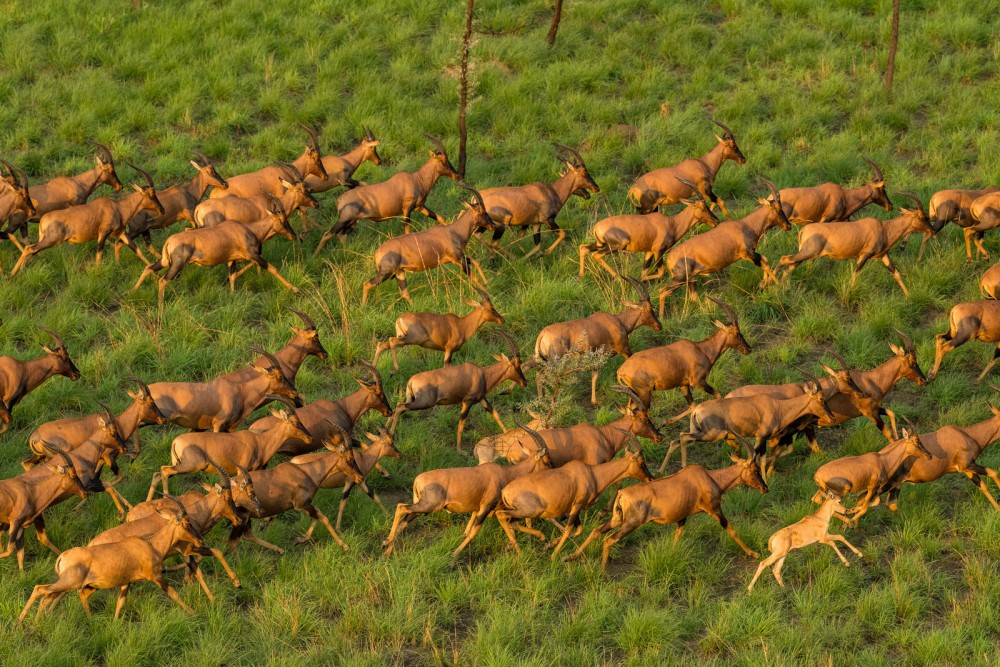Local communities play a multifaceted and critical role in anti-poaching efforts, particularly in regions such as South Sudan, where conservation is often hindered by insecurity, limited state capacity, and human-wildlife conflict.
The effectiveness of anti-poaching strategies is significantly enhanced when local populations are actively engaged and their well-being is integrated into conservation initiatives, moving away from historical models that alienated communities.
One primary contribution of local communities is through their direct involvement in community-based conservation (CBC) and community-based natural resource management (CBNRM) initiatives. These approaches transform residents from passive observers or potential adversaries into active partners in wildlife protection.
When communities perceive direct benefits from wildlife, such as employment opportunities in tourism, revenue sharing from park fees, or local development projects, their incentive to protect wildlife and report poaching activities increases significantly. In contexts like Nimule National Park in South Sudan, where wildlife tourism could generate foreign revenues, integrating communities ensures that economic gains are linked to conservation success, thereby fostering a collective responsibility for anti-poaching efforts.
Furthermore, local communities are often the first to encounter poachers or witness illegal wildlife activities due to their proximity to protected areas and traditional land-use practices. Their indigenous knowledge of the local terrain, wildlife movements, and suspicious activities can be invaluable intelligence for anti-poaching units and park rangers.
However, for this intelligence to be shared effectively, there must be trust between the communities and conservation authorities. This trust is built through equitable benefit-sharing mechanisms, transparent communication, and community involvement in wildlife management decision-making processes.
Community engagement also plays a crucial role in mitigating human-wildlife conflict, which can indirectly reduce poaching pressure. In areas where communities face threats from wildlife, such as Nile crocodiles in the Sudd Wetlands of South Sudan, which attack fisherfolk, or where wildlife encroaches on human settlements, negative attitudes toward wildlife can lead to retaliatory killings or hinder cooperation with conservation efforts. By involving communities in conservation planning, educational programs can be implemented to raise awareness about the value of wildlife and conflict mitigation strategies. This reduces the likelihood of communities harboring resentment that might otherwise lead to indifference or even participation in poaching.

In South Sudan, the Wildlife Service (WLS) has historically faced challenges, including inadequate state capacity and chronic insecurity, which have hindered effective wildlife management and anti-poaching efforts. In such environments, the support and active participation of local communities become even more vital. Park rangers, who are often integrated into the country’s “Organized Forces,” take on roles beyond pure conservation, underscoring the complex security landscape. Bolstering their efforts through community intelligence networks, local support for patrols, and discouraging local involvement in the bushmeat trade or ivory trafficking can significantly enhance anti-poaching outcomes.
The shift in wildlife management approaches, exemplified by cases in other African nations like Zimbabwe, highlights the effectiveness of community involvement. Initially, a state-centric approach where wildlife revenues accrued solely to the state led to increased poaching and community resistance. As more benefits were devolved directly to local communities, their willingness to conserve wildlife and actively participate in anti-poaching efforts grew significantly. This historical trajectory suggests that for South Sudan, sustained investment in community engagement, facilitated potentially by oil revenues strategically allocated to the wildlife sector, could yield similar positive outcomes.
In conclusion, local communities are not merely beneficiaries of conservation efforts but also indispensable partners in anti-poaching initiatives. Their role encompasses providing intelligence, fostering a sense of ownership over wildlife resources, mitigating human-wildlife conflicts, and actively participating in conservation management. Effective anti-poaching strategies must therefore prioritize meaningful community involvement, equitable benefit sharing, and robust policy frameworks to support these collaborative endeavors.
The writer, Leek Daniel, is a media specialist and development practitioner. He can be reached via email: leek2daniel@gmail.com
The views expressed in ‘opinion’ articles published by Radio Tamazuj are solely those of the writer. The veracity of any claims made is the responsibility of the author, not Radio Tamazuj.




